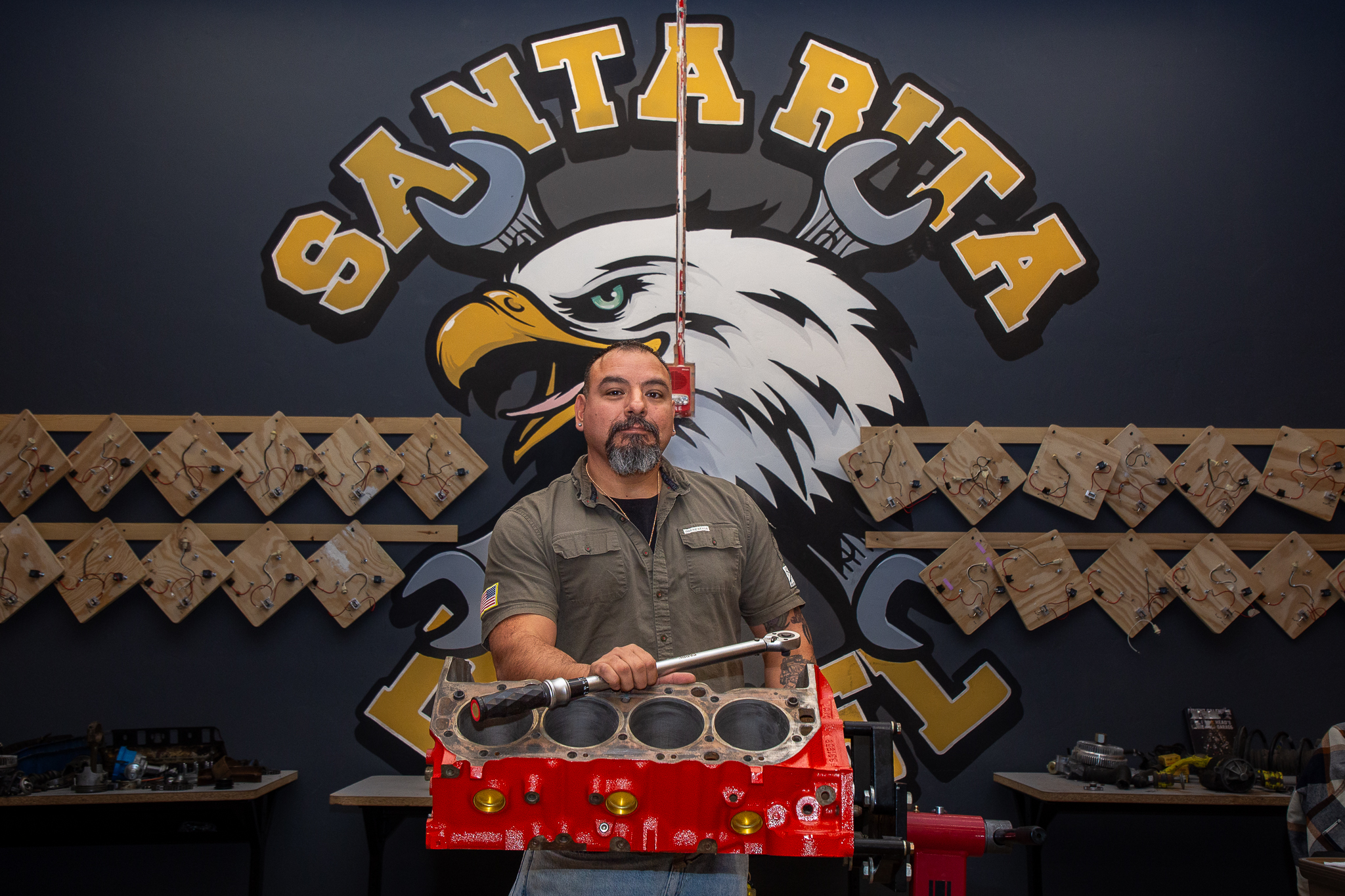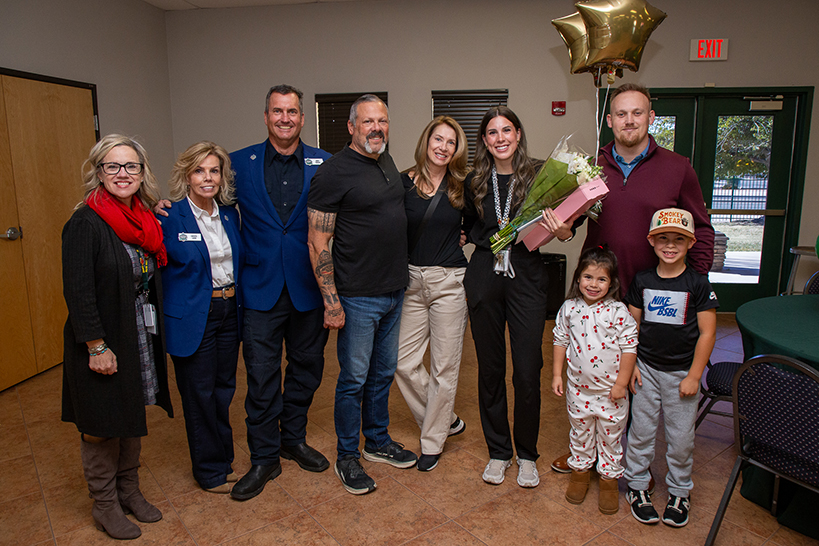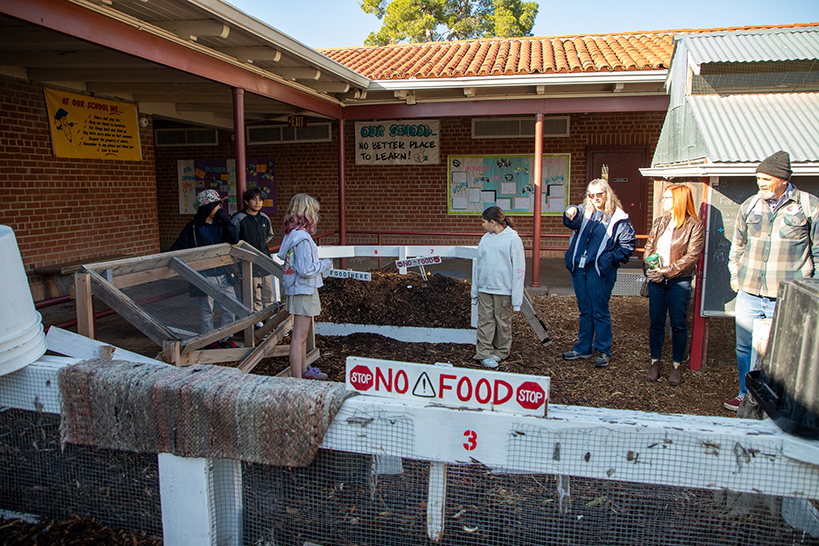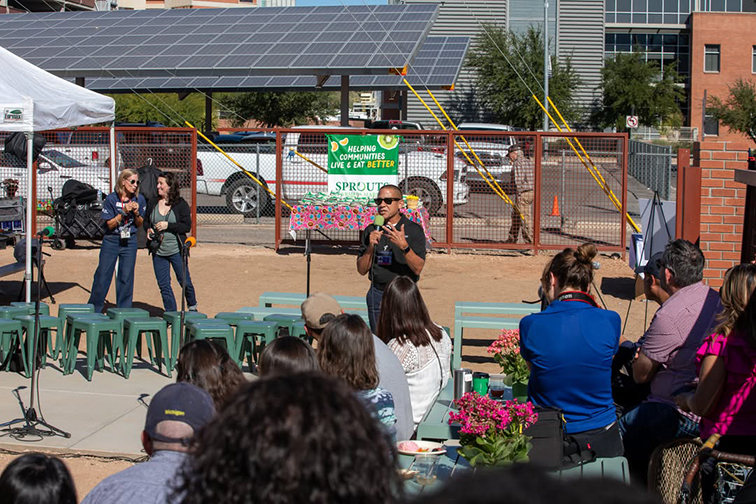Tucson Unified School District
Upcoming Events
12/17/2025
12/17/2025
Rincon HS Auditorium. Clear Bag Policy Enforced
Rincon HS Auditorium. Clear Bag Policy Enforced
12/17/2025
MS/HS performance at the Rialto Theatre.
MS/HS performance at the Rialto Theatre.
12/19/2025
No school for grades K-12.
No school for grades K-12.
12/22/2025 - 1/2/2026
All schools and District offices are closed.
All schools and District offices are closed.
1/7/2026
1/9/2026
Last day to get your Application in before the first placement lottery for our Magnet and Application Schools
Last day to get your Application in before the first placement lottery for our Magnet and Application Schools
1/19/2026
All schools and District offices are closed.
All schools and District offices are closed.
Top Videos
Tucson Unified Spotlight - Student
Tucson Unified Spotlight - Staff
Governing Board Report - December 9, 2025
Sprouts House Grand Opening
Public Notices
Learn More





















